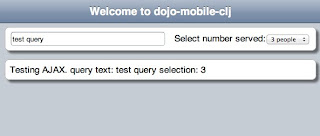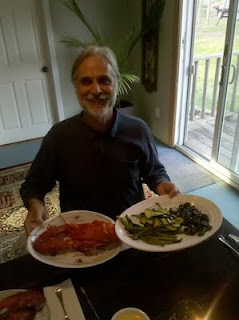I am trying to improve my skills at design and web development
I built my first simple web page at SAIC in 1992 when my good friend Gregg Hanna set up a publicly accessible web server for my working group. Since then I have had a lot of people suggest that my web sites could look better but frankly I have always been more interested in content and developing cool web application functionality. Recently I have been putting some effort into improving my design skills and the best resource that I have found is "The Non-Designer's Design Book" by Robin Williams The author Robin Williams does a fantastic job at explaining four basic concepts of design: contrast, repetition, alignment, and proximity. She then provides good examples that show the reader how to recognize bad design and how to correct design errors. I spent some time redesigning my main web site and really enjoyed the process. I started by determining the worst aspects of the old design based on Robin's advice and then tried to correct the design flaws using her ...


